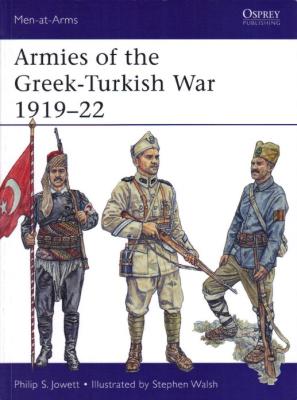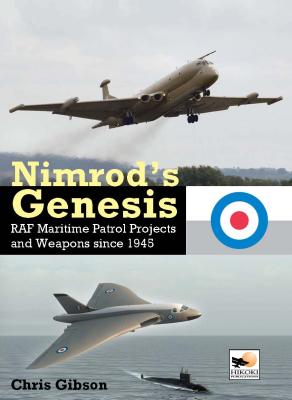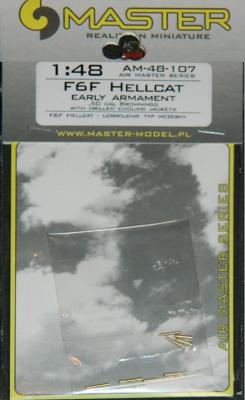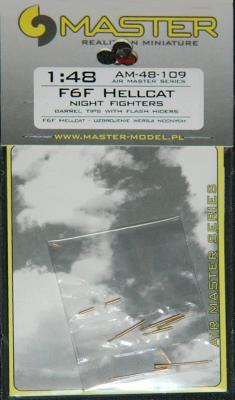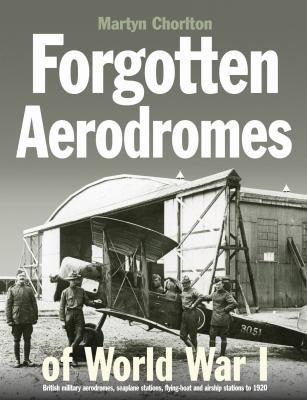Osprey Publishing’s latest Men-at-Arms monograph focuses on the fighting men, weapons and equipment used during the war between the Greeks and Turks, in the aftermath of World War I. This from the website: "This is a comprehensive guide to the armies that fought a devastating and decisive conflict in the Eastern Mediterranean between the two World Wars of the 20th century. From the initial Greek invasion, designed to "liberate" the 100,000 ethnic Greeks that lived in Western Turkey and had done for centuries, to Mustafa Kemal Atatürk's incredibly efficient formation of a national government and a regular army, this was a war that shaped the geopolitical landscape of the Mediterranean to this day. It gave birth to the modern Turkish state, displacing millions and creating bitter memories of atrocities committed by both sides.
Welcome to the IPMS/USA Reviews site!
Introduction: The primary organization of the IPMS/USA Review website is by IPMS/USA National Contest Class. Within each Class there are sub-menus by kits, decals, books, etc. The Miscellaneous Class is for items that are not class specific or that cross two or more classes.
IPMS/USA Members: We encourage you to submit reviews, both here and to the Journal. To volunteer for membership in the IPMS/USA "Reviewers Corps" and submit your own reviews, please read the Guidelines For Submitting Product Reviews.
Manufacturers, publishers, and other industry members: IPMS/USA is pleased to offer your company the opportunity for product reviews. All product reviews are performed by IPMS/USA members, and are posted in the publicly-accessible section of our website. With very few exceptions, we perform full build reviews of new kit releases, aftermarket products, and supplies. If you would care to provide product samples for review, please contact John Noack, IPMS/USA 1st VP.
To learn more about IPMS/USA, please see our About Us page.
Chris Gibson’s latest book on British aviation projects examines the post-war genesis of the RAF's maritime patrol aircraft. Starting with the British affection for its flying boats of 1945, Chris Gibson chronicles the switchback path that led to the Shackleton and ultimately the Nimrod. As a bonus for underwater target fans, Chris Gibson provides intrepid commentary on the aerial systems developed to counter the threat from Soviet submarines.
To seek and destroy Soviet submarines, Shackletons and Nimrods carried many advanced weapons and sensors, but also played a role in saving lives at sea. Then, after forty years' service, the Nimrods were withdrawn without replacement after one of the most expensive procurement disasters.
Following in the path of Chris Gibson’s previous books, this tome presents hundreds of illustrations, photographs, and artwork. Chris must have really enjoyed the research as there are many projects depicted I was previously unaware of.
Thanks to Piotr at Master-models for providing these metal gun barrels to improve our Hellcats, and thanks to our IPMS leaders for sending these my way!
The Eduard Hellcats have been around for a while now, and are great kits in their own right. Master details provide six astoundingly detailed 1/48 gun barrels to replace the kit plastic parts… read on!
Side-by-side comparison, Master Model’s gun barrels provide improvement on the kit items by providing depth and three-dimensional appearance over the kit parts. The kit guns are sufficient, but these bring the kit up that little bit…
Thanks to Piotr at Master-models for providing these fantastic metal flash hiders to improve our Nocturnal Hellcats, and thanks to our IPMS leaders for sending these my way!
The Eduard Hellcats are still the best out there in my opinion, and Master details provide late-model covered .50 caliber gun barrel tips with flash hiders, which directly replace the kit plastic parts…
As you can see on the “before” picture, the kit-provided gun barrels are a bit lacking in the flash-hider department. Adequate but not quite there…
The growing interest in World War I aircraft among model builders and aviation history buffs has fostered an increase in the variety of publications offering information about the subject. Among them is a well-researched hard cover book recently published by Crecy Publishing (and distributed in the US by Specialty Press) about the military airfields that populated the British landscape during and after WWI. The Brits referred to these facilities as Aerodromes, and they were numerous. In FORGOTTEN AERODROMES OF WORLD WAR I, author Martyn Chorlton documents a total of 502 RFC and RNAS sites by country and county. Many began as nothing more than a grassy field with a simple structure or two. Most have been lost to other uses in the nearly 100 years since they were constructed, but some still serve. Remnants of others can be found, but many of their names are etched in history.











